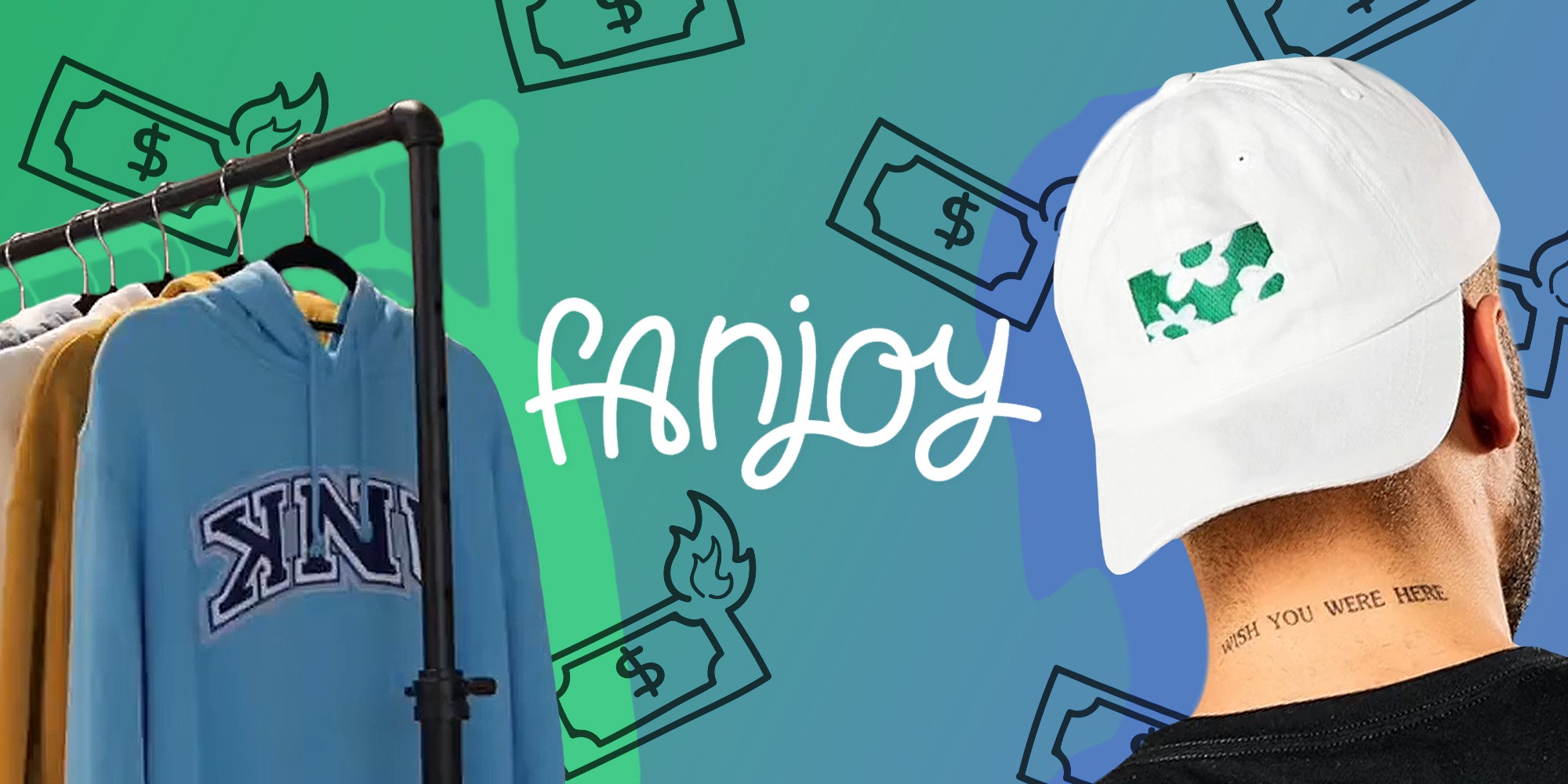
On August 8, Fanjoy, a company that claims to be the “one-stop-shop” for fans to buy merchandise from their favorite creators, filed for bankruptcy in Georgia. Many fans of popular streamers like Bailey Sarian and Sylvee expressed shock online, especially when Twitch streamer Caitibugzz stated in a since-deleted Tweet that Fanjoy had not delivered the payments she was owed. With no official comment from the company and most creators staying silent, fans are now hesitant to purchase products.
Much of their surprise comes from the fact that Fanjoy worked with some of the internet’s biggest stars—including Addison Rae, The Try Guys, Elyse Meyers and Tana Mongeau. Creators like Meyers and Twitch streamer GeorgeNotFound are listed as creditors with unsecured claims and are respectively owed $86,000 and $94,5000—seemingly the money earned from their millions of followers.
If Fanjoy can’t succeed in this arena, it’s tough to understand how any company that makes merchandise for creators can. Some creators might be tempted to turn to print-on-demand companies for their merch instead of collaborating with a smaller startup. But even that merchandise strategy has been rocky as of late.
In January, the print-on-demand company Spring closed down its production warehouse and laid off multiple staffers. The merchandise company, which initially had a broad audience, shifted its focus to creator merchandise in 2018. The company had even partnered with platforms like YouTube and Twitch to help creators promote products through videos and live streams. Even before Spring was public about its problems, some creators had warned others against doing so, claiming that the company did not pay them.
With two major creator merchandise platforms experiencing financial turmoil, the future of merchandise as a reliable revenue stream appears to be in jeopardy.
That said, it’s worth noting that there are a number of remaining merchandise platforms. With the growth of the creator economy—over 50 million people now identify as content creators—a number of startups popped up to help people expand their potential revenue streams. Fanjoy isn’t alone in identifying merchandise as a key way for creators to bolster their relationship with their fans while also taking in extra cash.
While some companies like Fanjoy and Creator Ink got their start making products for musicians before pivoting to content creators, others, like Killer Merch and Warren James, launched specifically to work with creators. And, for what it’s worth, Warren James raised a $6 million Series A funding round last year.
For smaller creators looking to profit on their more limited but still loyal following, the merchandise was once a way to bring in some extra cash, like one streamer who reported making between $500-$1000 every merch drop.
For now, many creators can still slap a catchphrase on a sweatshirt and expect to make some cash. But Fanjoy and Spring’s issues indicate that they should be cautious before preparing to launch their latest line of merchandise.




